John Simister: A history of the V8 from our side of the pond
 John Simister
John Simister
The V8. What delicious thoughts of easy potency, of extravagant urge, are evoked by that combination of a letter and a number. When we think of a V8, something American-flavoured usually heads the mental-image queue. But that's a stereotype both undeserved and outdated.

Increasingly, new vehicles of a type, size and status once deserving of a V8 are finding themselves powered by a turbocharged V6, or even a hybridised one. That's true both in the US and in Europe, where big Mercs, BMWs and Audis are ever less likely to have eight cylinders. But we're concerned here with cars of a more historical flavour: let's say pre-1980s. Among those most of interest hailing from across the Atlantic have a V8 of some sort. In Europe, classic-era V8s are rather rarer but there have been some great engines among them. So, let's look at a few.
We begin with the first V8 to be fitted to a roadgoing passenger car, and it's British. In 1905 Rolls-Royce built three cars with a 3535cc engine, its two cylinder banks at 90 degrees to each other for optimum smoothness and balance (as is still the norm today) and with 'square' bore and stroke dimensions. That was very modern; early engines tended to a have a stroke rather longer than the bore was wide, especially if built with a view to minimising UK tax which, in a decision which hamstrung the British motor industry's engine designers for years, was based on piston area.
Rolls-Royce sold one car, then bought it back, and decided instead to concentrate on the straight-six. Not until 1959 did another Rolls-Royce V8 appear.
De Dion Bouton in France was the next European carmaker to create a V8, in 1910 and with a 7773cc capacity, but Cadillac in the US was first to put one into proper production, in 1914. Then there was Italy's Lancia which, as ever, did things differently. Lancia favoured a very narrow vee-angle, making its engines more of a staggered in-line than a regular vee, and its first V8 – for the Trikappa of 1922 – had just 14 degrees between its banks. This was a 4595cc engine, larger than the 3.6-litre Dilambda of 1928 and the sub-3.0-litre Astura engines (one of which I sampled a few years ago, in the 'Steady Special' originally created by the late Ronald 'Steady' Barker, a motoring journalist of astutely witty observation).
Three more British designs pre-war, all made in tiny numbers in Coventry, were the engines for the Riley 8/90 in 1935, the Flying Standard V-Eight of 1936 and the Autovia of 1938, this last one generating 99bhp from its 2.8 litres. Then, post-war, we find that Fiat made the unlikely decision to go racing with a glamorous coupé powered by a V8 of just 1996cc and featuring a curious 70-degree vee-angle. Fiat made very few of its '8V' cars – just 114 – although specialist sports-car maker Siata also used the engine.
Southern Europe's other 1950s V8 rarities were Spain's Pegaso engines, the first, launched in 1951, exotically featuring twin overhead camshafts per bank and a capacity range from 2.5 to 3.2 litres. In supercharged form, it made an impressive 360bhp. The later V8 from this low-volume manufacturer of rapid and luxurious machinery was larger but simpler, with pushrod valve gear – and then it was all over for high-end motor cars and Pegaso made trucks instead.
Further north, BMW introduced a 2.6-litre V8 with pushrod valve gear in 1954, adding a 3.2-litre version a year later. Among the cars it powered was the dramatic 507, in roadster and coupé form, even while BMW was also building bubble cars (the Isetta) and tiny rear-engined compacts (the 700). Not until 1961 would BMW have something in between, in the form of the 'Neue Klasse' 1500 which pulled the company back from near-death and set the template for what it is today.
In 1959, Rolls-Royce revealed the new V8 it had been working on since 1952. Daringly, it had an aluminium block as well as aluminium heads, but otherwise, it was influenced by American designs with its pushrod valve gear and wedge-shaped combustion chambers. The capacity was 6230cc, enlarged in later decades to the 6750cc still found in its direct descendant today, the engine of the Bentley Mulsanne. Also in the UK around that time – what a surprising crucible of V8s our country was becoming – Daimler launched its neat 2.5-litre V8 designed by Edward Turner with power-enhancing hemispherical combustion chambers along the lines of those in the BSA motorcycle engines he'd created. A 4.5-litre version followed, which made the staid-looking Majestic Major saloon it powered into a surprising hot rod.
Two of Britain's best-known V8s followed in 1967, both of all-aluminium construction. The 3.5-litre Rover unit was a Buick design which Rover bought from General Motors, and it continued well into the present century under the bonnets of Land Rovers, Range Rovers, Morgans, TVRs and more. Aston Martin's motor, designed by Tadek Marek, was altogether racier in concept with its twin-cam cylinder heads, and after a troublesome debut in a Lola T70 endurance racer, it powered roadgoing Astons for many years, ending its days with 32 valves and a supercharger.

Heading towards the 1970s we encounter Alfa Romeo's four-camshaft, 3.0-litre V8 for the Montreal grand tourer, an engine derived from that of the Tipo 33 race cars. We also meet Triumph's Stag V8, effectively two four-cylinder, overhead-camshaft Dolomite engines (as also sold to Saab for the 99) joined at the base. Stag engines were famously fragile back then, but nowadays they can be made reliable using knowledge sadly absent in British Leyland's day.
Peugeot, Renault and Volvo were planning a 1970s V8, too, but the 1973 energy crisis scuppered that idea. That's why the PRV V6 of the time had a strange-for-a-V6 90-degree vee-angle; it's broadly the V8 with two cylinders chopped off. Mercedes-Benz was developing the V8 it had introduced in the 1960s, one result of which was the 450 SEL 6.9 saloon with its extraordinary thrust, while in Italy Ferrari approached the V8 idea very differently for its 308 by using a 'flat' crankshaft. That gave firing intervals of 180deg instead of 90deg, making the engine howl like a hot, revvy four-cylinder rather than woofing, throbbing or blattering as a regular V8 would as its state of tune increased.
Maserati made multiple V8s in the 1970s, too, and Porsche's first in-house water-cooled engine was also a V8, for 1977's 928. But there's one final line of European V8s to consider, which was as far away from the standard US template as it was possible to be. It's the air-cooled, dry-sump motor that sat behind the rear wheels of the Tatra from former Czechoslovakia, first seen in 1934's T77 with a 3.0-litre capacity, finishing in 1996 in the T613 by which time the engine's distant descendant was at 3.5 litres and had twin-cam cylinder heads instead of pushrod valve gear.
So that's my trawl through tasty V8s and not a Yank in sight. Apart, perhaps, from that Rover…
John simister
v8


















